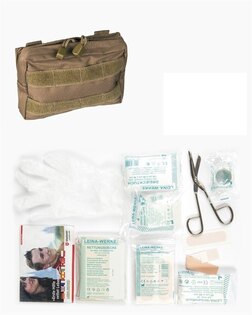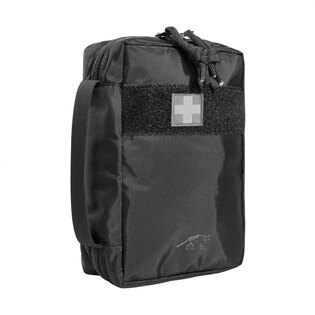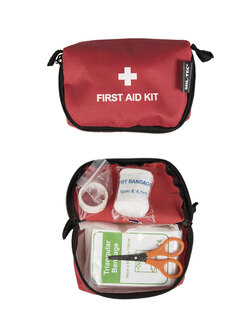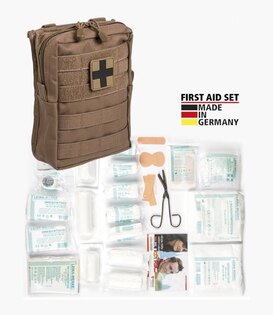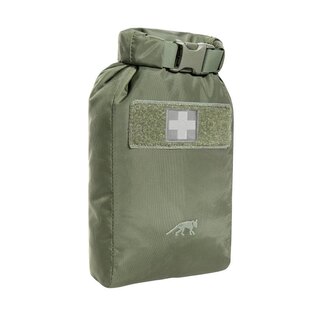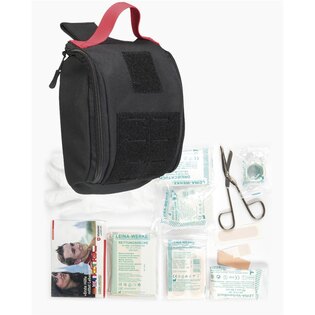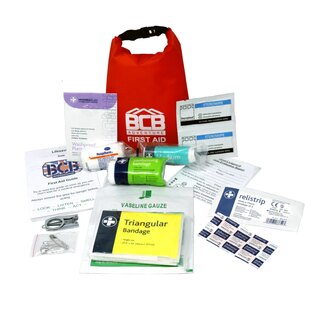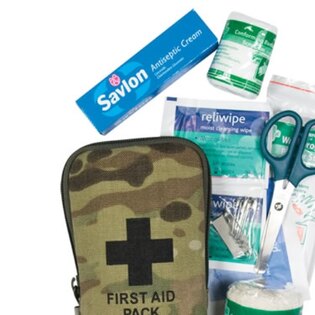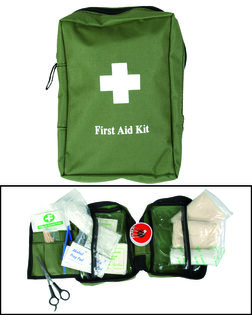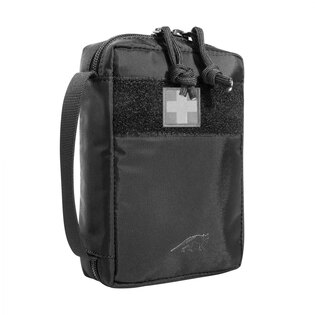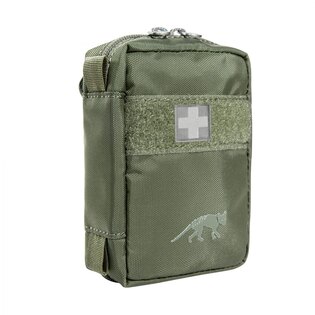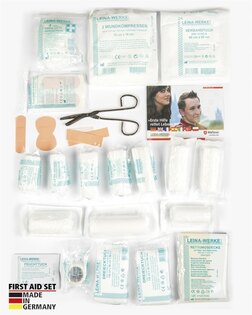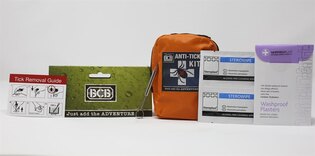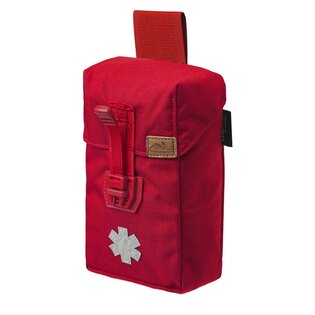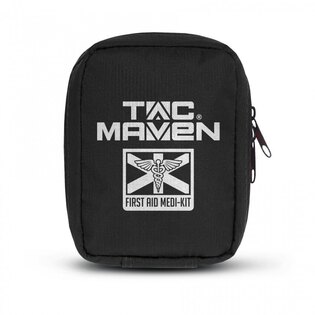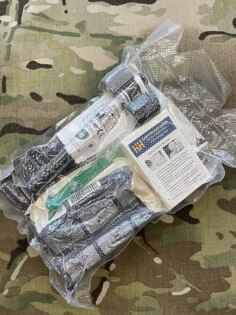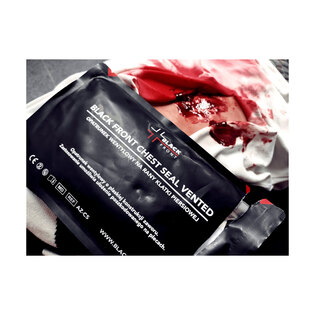Limb injury 2: Unstable injury
In the case of an unstable limb injury, things get tough. This includes, for example, fractures (open and closed) or torn ligaments. The best solution is to call EMS and arrange for the injured person to be transported to a doctor immediately. However, there are situations when the conditions do not allow it and we have to temporarily take care of ourselves. Typically, for example, somewhere on a trip in the "wilderness" without the mobile signal. How to give first aid in outdoor conditions?
In this series of articles on stable and unstable injuries, we discuss common injuries such as sprains, dislocations, contusions, stretched or torn ligaments, dislocations, open and closed fractures. With the difference that we don't try to establish an exact diagnosis - which is often not possible under stress and in field conditions, but we react according to the severity of the injury and the availability of medical care.
How to recognize an unstable injury?
In the previous article on first aid, we explained what a stable injury means and the OCEI (OSEL) rule. It was an injury where it was possible to put weight on the limb—for example, a sprained ankle or stretched ligaments. In this case, it was enough to contract the limb, immediate transport to the doctor was not necessary, if there is no worsening.
This includes, for example, fractures (open and closed), joint injuries, torn or ruptured ligaments.
How does an unstable injury manifest itself:
- The limb cannot be weighted or used any further.
- Deformity or deviations.
- You experienced a cracking sensation or sound during the injury.
- Symptoms of vessel or nerve injury. Therefore…
- Check the fingers—limited mobility, sensitivity or a tingling sensation may indicate damage to blood vessels or nerves.
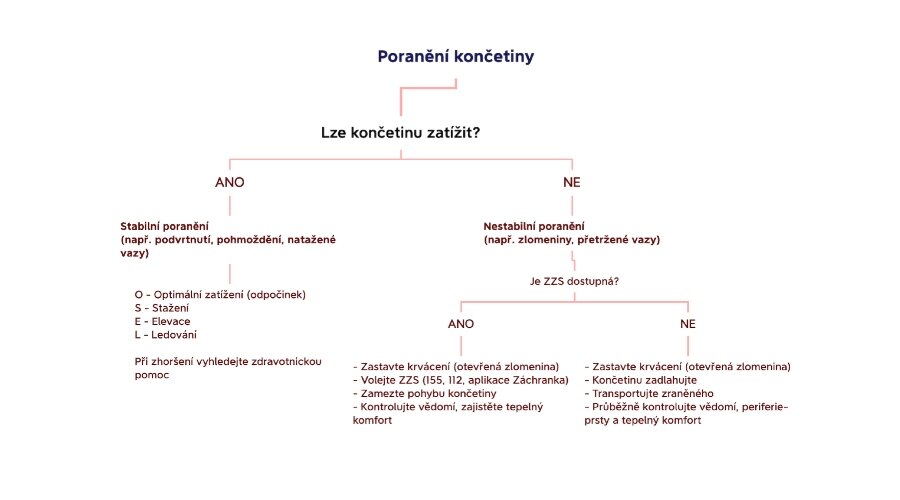
How to proceed when a limb is injured.
See the image in full size.
First aid for an unstable injury
When EMS is available
In places where all you have to do is dial 155 or launch the Záchranka app and the emergency medical service is at your door in a few minutes, don't hesitate to call the emergency medical service.
Before you start calling, always take a good look around to see if the injured person or you are in any further danger. Try not to move the injured person, unless you need to move them to safety, and stay with the injured person until the EMS arrives, or treat them on the spot.
- In case of an open fracture: first stop the bleeding. Put on protective gloves (which you always carry with you) and cover the wound with a clean dressing. In case of heavy bleeding, strangle the limb with a suitable tourniquet. Never try to put the bone back in!
- Call EMS and ensure immediate transport of the injured person to a doctor. Meantime:
- Prevent further movements of the limb—by holding, pulling in the axis.
- Do not overcome resistance and pain and in no case try to straighten the limb!
- Check consciousness until the arrival of emergency services, ensure thermal comfort.
TIP: Do not splint the limb if EMS is available! Putting on and taking off the splint is painful and can worsen the injury if handled improperly.
When EMS is not available
However, an accident can also happen when you are far from civilization, out of signal, or in a place where help will arrive after a long time, or not at all. In such a situation, you will have to rely on yourself and improvise.
Before you start to act, stop again for a second: is there any other danger to the injured person or to you? If so, get out of it. Then
- In case of an open fracture: first stop the bleeding. Put on protective gloves (which you always carry with you) and cover the wound with a sterile dressing. In case of heavy bleeding, strangle the limb with a suitable tourniquet. Never try to put the bone back in!
- Splint the limb to prevent further movement. We will talk about splinting in an article about splints, which you can look forward to next week.
- Prepare the injured for transport. We will show you the possibilities of improvised transport in the article about the possibilities of improvised transport of the wounded, which will be published at the end of May.
- Continuously check the state of consciousness, blood circulation in the fingers and ensure thermal comfort of the injured
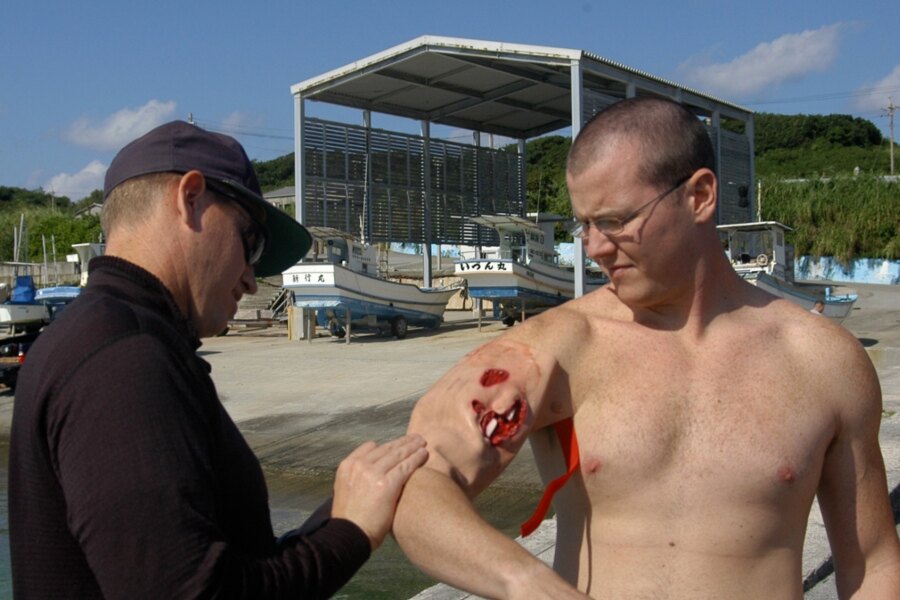
Open fracture simulation
Pelvic fracture
A specific and very dangerous unstable injury is a broken pelvis. It represents the risk of internal bleeding and large blood loss, the risk of infection and endangerment of important organs.
Accompanying phenomena include great pain, severely limited mobility, the development of shock, and there is a risk of loss of consciousness.
First aid:
- If the situation allows, turn the injured person on their back and treat them on a hard mat.
- Do not move them unnecessarily! If you must handle them, then very carefully.
- Call emergency services!
- You can pull the pelvis firmly with, for example, aluminum foil or a wide piece of strong fabric. But you will have to get the fabric under the injured person. Proceed very carefully.
- Check consciousness, take anti-shock measures.
- Do not give anything by mouth (risk of internal injury).

ZDrSEM – HORAL course
This 5.5 day outdoor first aid course will teach you how to react in places where professional help is available within hours or not at all and you will have to rely on yourself. More at www.zdrsem.cz/horal.
The article was created in collaboration with Dita Voltr Podhadská, ZDrSEM first aid instructor and HORAL outdoor first aid course guarantor.
Readers are further interested



























































































































